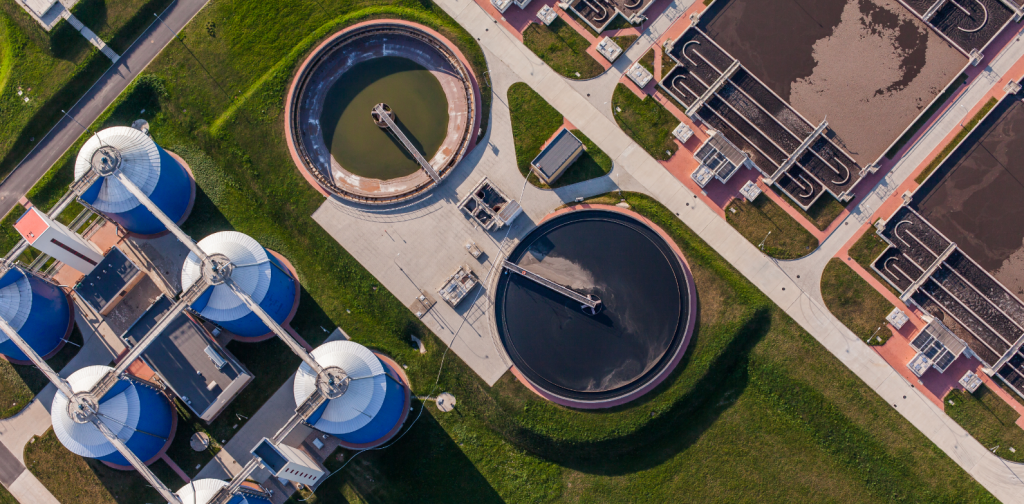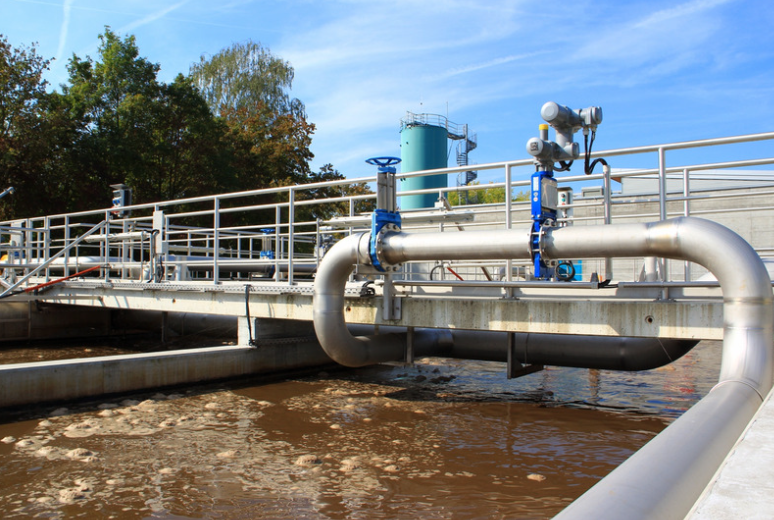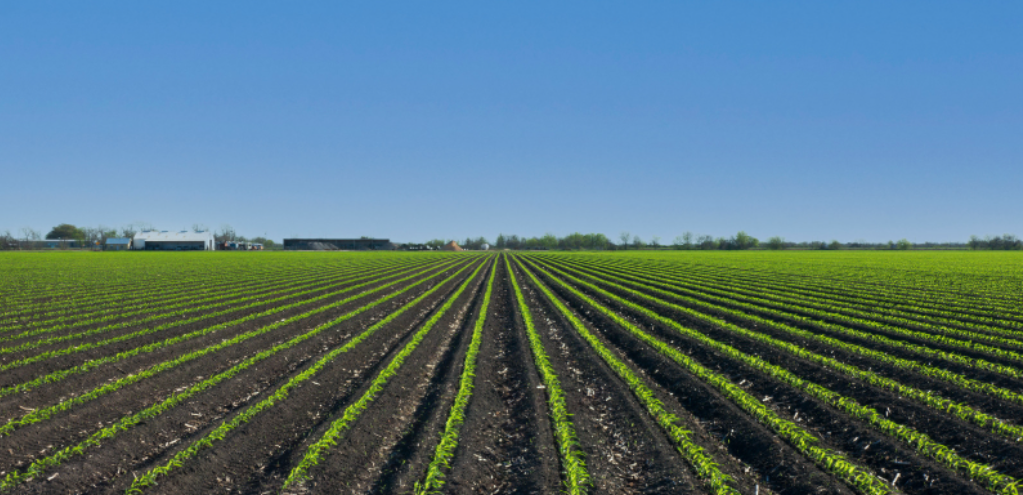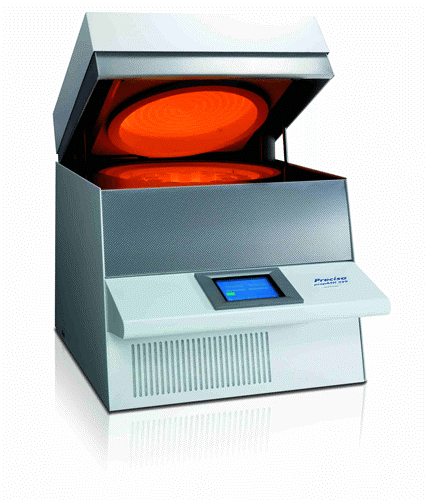Sewage Water Treatment and Measuring the Moisture Content of Sewage Sludge
Sewage sludge is the muddy, slurry, debris that accrues in sewage water treatment plants as a by-product of sewage water treatment.1 Sewage water treatment, or sludge treatment, involves the removal of impurities and bacteria from wastewater to produce a sewage sludge that is suitable to be safely discharged into the environment.2
Why Treat Wastewater Sludge?
The key objectives when treating sludge is to reduce the overall volume and stabilise the organic matter. The reduced volume lowers handling costs, while stabilising the sludge removes the harmful impurities and toxic gases that run the risk of contaminating the environment and affecting human health. Sludge treatment also results in a less foul-smelling odour.3 Nowadays sludge is more frequently being recycled and used as a resource. Through anaerobic digestion, biogas can be retrieved from the sludge and produce nutrient-filled soil.4
Measuring the Moisture Content of Sludge as part of Sewage Water Treatment
Why Measure the Moisture Content of Sludge?
Analysis of sewage water and its moisture content is a continuous, everyday task at sewage water treatment plants. Sludge analysis, specifically analysis of the moisture content of sludge, is key to ensuring the sludge has reached the suitable stage for use as a renewable soil compost. The sludge must have been sufficiently dried to obtain the nutrient-rich organic material within and ensure toxic impurities have been removed.5
Sewage Sludge Drying
The Sewage Sludge Drying Process
Water is the primary element of sludge, before being treated raw sludge contains a water content of 93-99%.6 Sludge treatment commonly involves three steps: thickening, dewatering, and drying.
- Thickening: Using a gravity thickener, thickening reduces sludge water content by around 70% of the initial volume and achieves a solid content of 2-3%.
- Dewatering: Dewatering using drying beds further reduces the sludge water content and increases the solid content to 18-20%.
- Drying: Through thermal drying, the water content is reduced once again, accomplishing a dried sewage sludge with a solid content of circa 90%. 7
Thermogravimetric analysis, using instruments such as Precisa’s prepASH Thermogravimetric Analyser, can be applied for moisture content measurement and the thermal drying of sewage sludge.
Dried Sewage Sludge Applications
Dried sewage sludge has become a useful resource in agriculture; once dried, sewage sludge produces biosolids which can then be used to fertilise crops. Containing organic matters biosolids are valuable to crop development as they slowly release nutrients as the crop grows. Additional uses of dried sludge include, landfill cover soil, topdressing on golf course greens, and compost for construction.1
Wastewater Analysis: Determine the Moisture Content of Sludge using Precisa’s prepASH
At Precisa, we have a range of products suitable for measuring the moisture content of sludge and for sewage sludge drying. Precisa’s prepASH Thermogravimetric Analyser, has been successfully applied in the analysis of moisture content in sewage sludge, offering reliable results. View our Application Note – Sludge Analysis with Precisa’s prepASH TGA – to view the results for yourself.
For local sewage stations with only a few samples per day, the Series 330 XM Moisture Analyser would be a perfect alternative to determine the moisture content, continuing to manually ash in a muffle.
If you would like to find out more about our TGA and Moisture Analysers and discover which would best suit your needs. Feel free to browse our range of products or get in touch with someone from our team who will be happy to assist you.
Precisa’s Sludge Analysis
View our Application Note: Sludge Analysis with Precisa’s prepASH Thermogravimetric Analyser.
References
- https://www.iwapublishing.com/news/sludge-drying-overview-treatment-methods-and-applications
- https://www.wte-ltd.co.uk/sewage_treatment_explained.html
- https://www.britannica.com/technology/wastewater-treatment/Dewatering
- https://www.cambi.com/resources/blog/an-introduction-to-sewage-sludge-and-sludge-treatment/
- http://pdfs.findtheneedle.co.uk/8830-BRO-MA-Specialprint-Sewage-Treatment-Plants-e.pdf
- https://www.sciencedirect.com/topics/earth-and-planetary-sciences/sludge-dewatering
- https://www.moisttech.com/applications/bioenergy-moisture/sewage-moisture/







